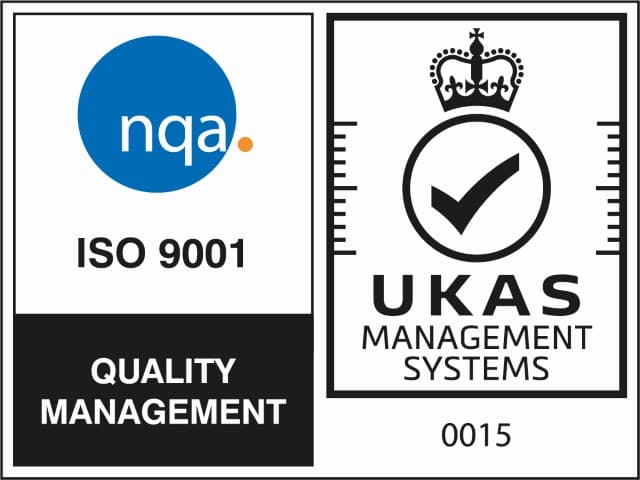Damp Reports
When there are obvious signs of damp in your property, building surveyor will use a damp-meter to check the internal walls for rising damp and commission a damp report to determine the full extent of the problem, the cause, and the level of work to rectify the issues.
Rising damp is the most common form of dampness. When moisture from the ground rises, by capillary action (rising against gravity) up through the wall or the ground floor slab, instant action needs to be taken.
Treatment of rising damp involves carrying out a small chemical damp-proofing course. In some cases, the ground floor slabs need to be replaced and a damp proof membrane implemented. For peace of mind, the majority of damp specialists offer a 30-year guarantee on their workmanship.
Damp is also caused by condensation, the occurrence of which is the responsibility of the inhabitants as opposed to an issue with the property. Lack of ventilation and using radiators to dry clothes is a common cause of this problem.
Wood Boring Insects (Woodworm)
Woodworm manifests in a variety of wood, and ranges from 3 millimetres in size to 25 millimetres. Eggs are laid on or in the timber and the larvae that hatch feed and bore into the timber, resulting in weakened timbers and risking the structural integrity of the property.
Treatment of active woodworm involves applying insecticides to the timbers. If the timber’s structural integrity is compromised by the attack, replacing the wood may be the only solution.
Fungal Decay (Dry Rot and Wet Rot)
Moist and damp conditions provide an ideal environment for a fungal attack. When the moisture content is over 20%, this is classified as ‘dry rot’. Fine grey strands of fungus spread through wood and other materials, developing into sporophores which expel and spread the fungus further. Timber suffering from dry rot becomes dry, brittle, and begins to fracture to such an extent that it can be broken and crumbled by hand.
When the moisture content is higher than 30% – 50%, this is classified as ‘wet rot’. The presence of wet rot in timber is recognised by a dark brown staining colour and splitting of longitudinal cracking.
Treatment of fungal decay is initially used to remove the source of the dampness which is enabling the fungus to ‘feed’ and develop. Exposure works will then be necessary to determine the full extent of the damage caused. Following any repairs or replacement works, it will be important to treat the timbers with an approved fungicide to safeguard against recurrence.
Or contact us for more information:
info@allcottassociates.co.uk | 0333 200 7198










